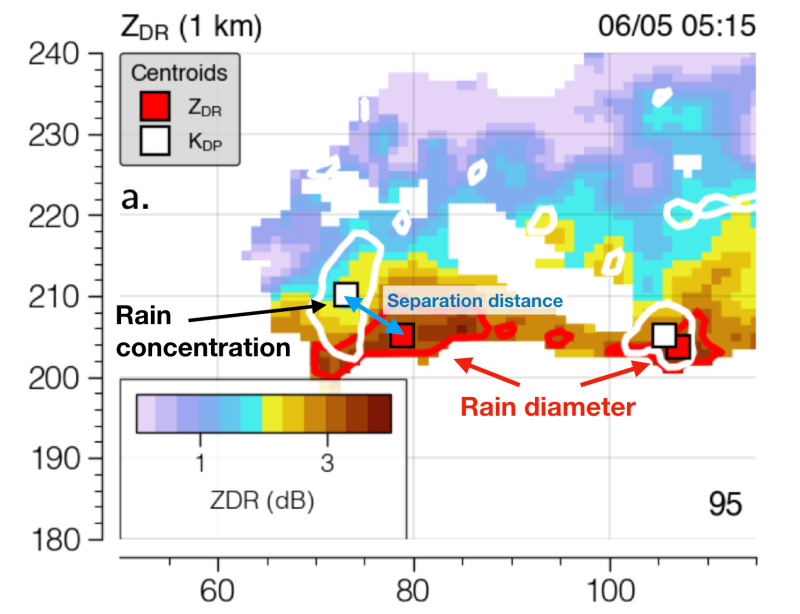In revision
In revision, Journal of Geophysical Research: Atmospheres, 2021
Project Research Assistant
Meteorology Building - C205
National Taiwan University
No.1, Sec. 4, Roosevelt Rd., Taipei, 10617, Taiwan
APA
Click to copy
Tam, F. I.-H., Yang, M.-J., & Lee, W.-C. (2021). Polarimetric size sorting signatures in the convective regions of PECAN MCSs: their implications on convective kinematics, thermodynamics, and precipitation pathways. Journal of Geophysical Research: Atmospheres. In revision.
Chicago/Turabian
Click to copy
Tam, Frederick Iat-Hin, Ming-Jen Yang, and Wen-Chau Lee. “Polarimetric Size Sorting Signatures in the Convective Regions of PECAN MCSs: Their Implications on Convective Kinematics, Thermodynamics, and Precipitation Pathways.” Journal of Geophysical Research: Atmospheres. In revision. In revision., 2021.
MLA
Click to copy
Tam, Frederick Iat-Hin, et al. “Polarimetric Size Sorting Signatures in the Convective Regions of PECAN MCSs: Their Implications on Convective Kinematics, Thermodynamics, and Precipitation Pathways.” Journal of Geophysical Research: Atmospheres, In revision., 2021.
BibTeX Click to copy
@unpublished{frederick2021a,
title = {Polarimetric size sorting signatures in the convective regions of PECAN MCSs: their implications on convective kinematics, thermodynamics, and precipitation pathways},
year = {2021},
journal = { Journal of Geophysical Research: Atmospheres},
series = {In revision},
author = {Tam, Frederick Iat-Hin and Yang, Ming-Jen and Lee, Wen-Chau},
howpublished = {In revision.}
}
